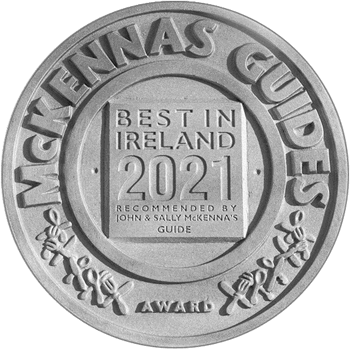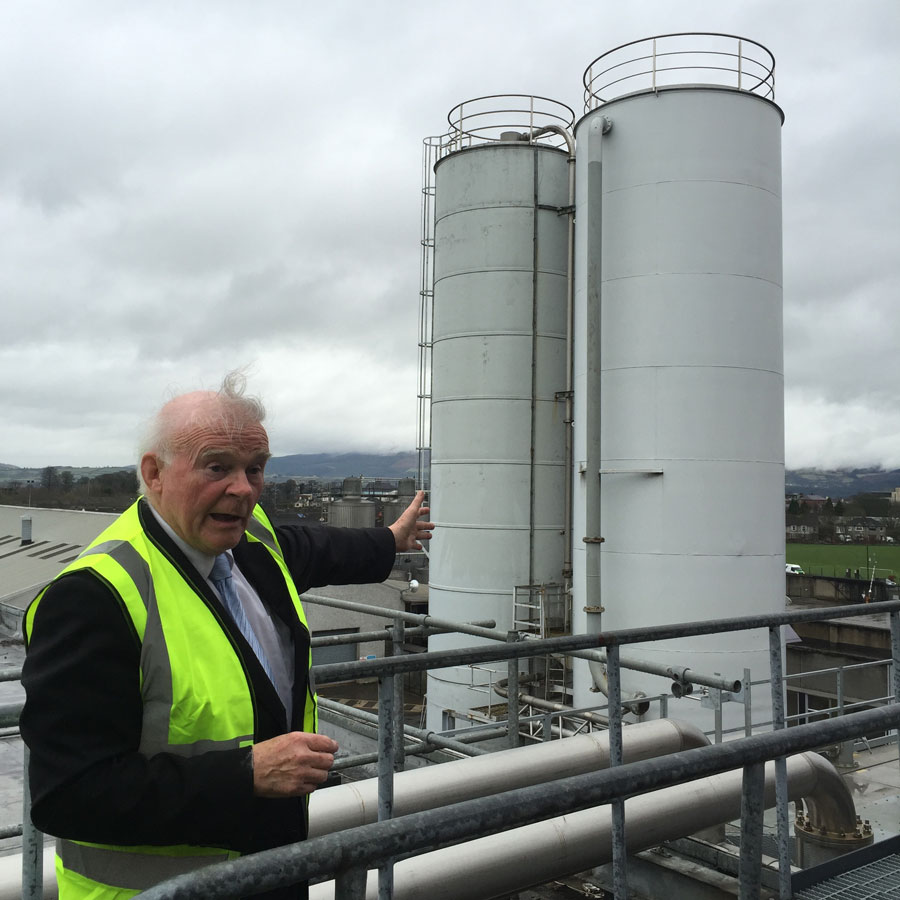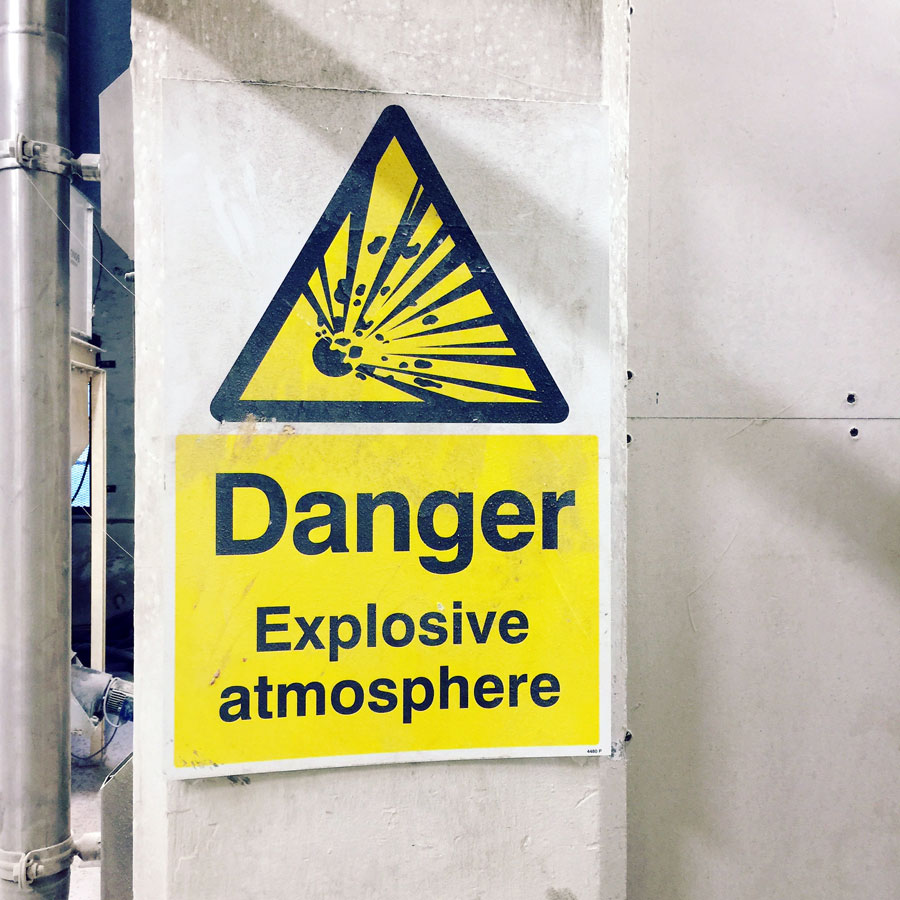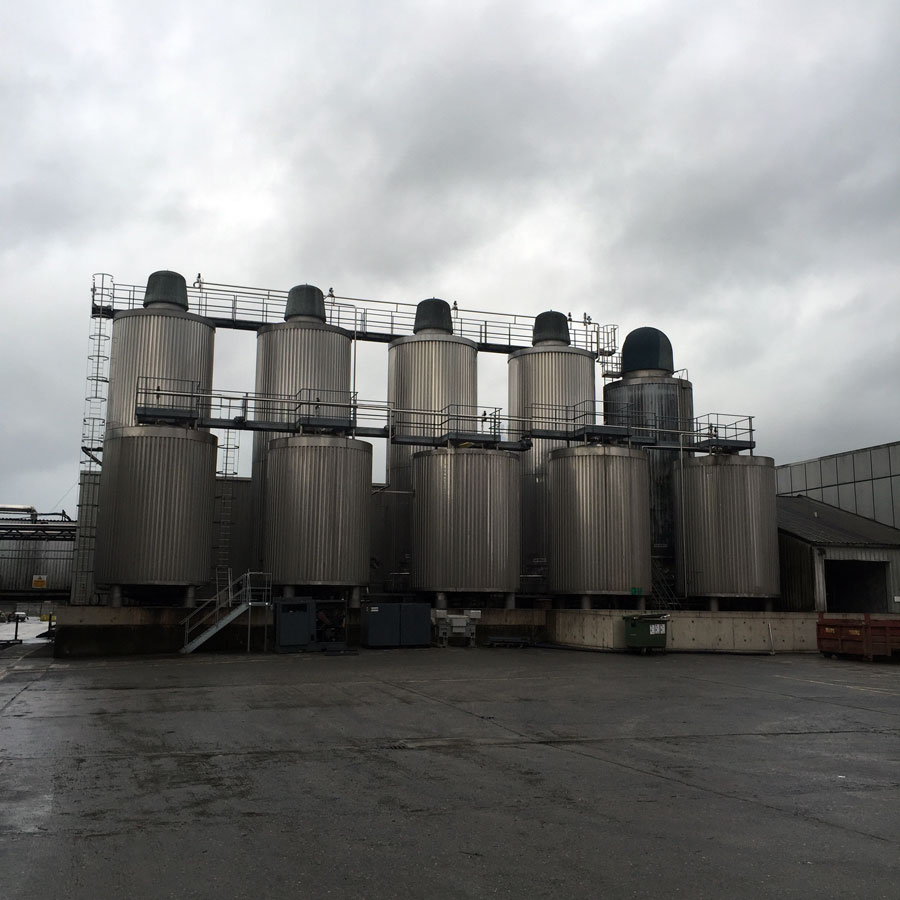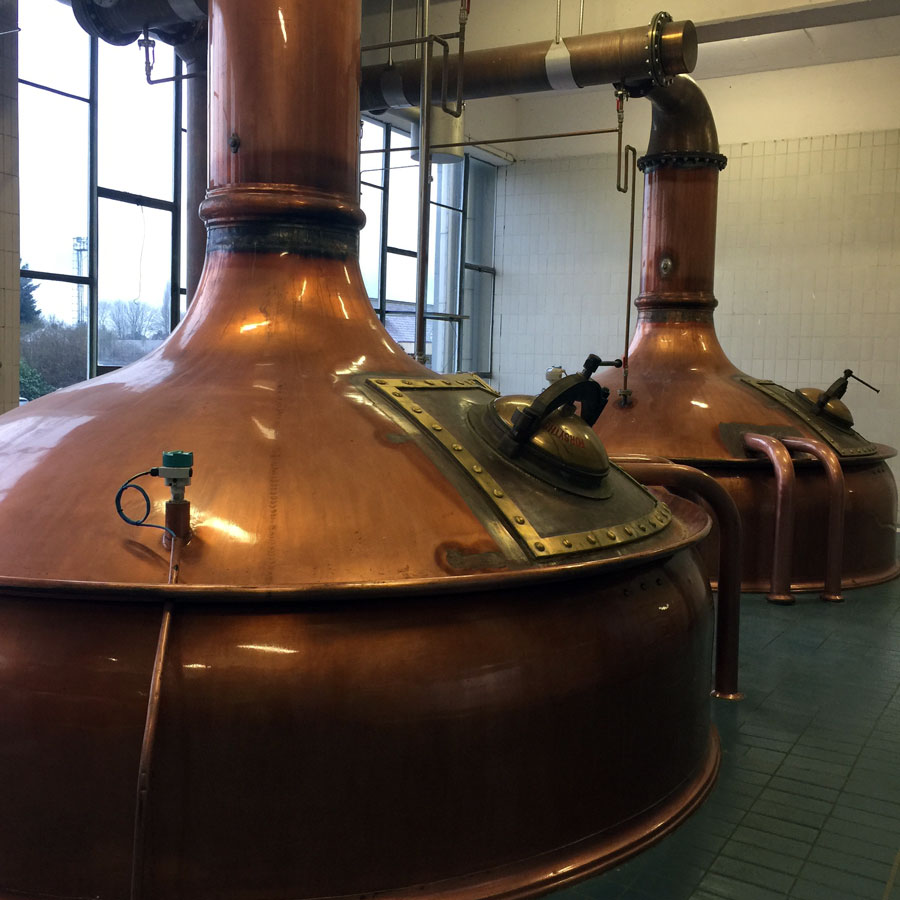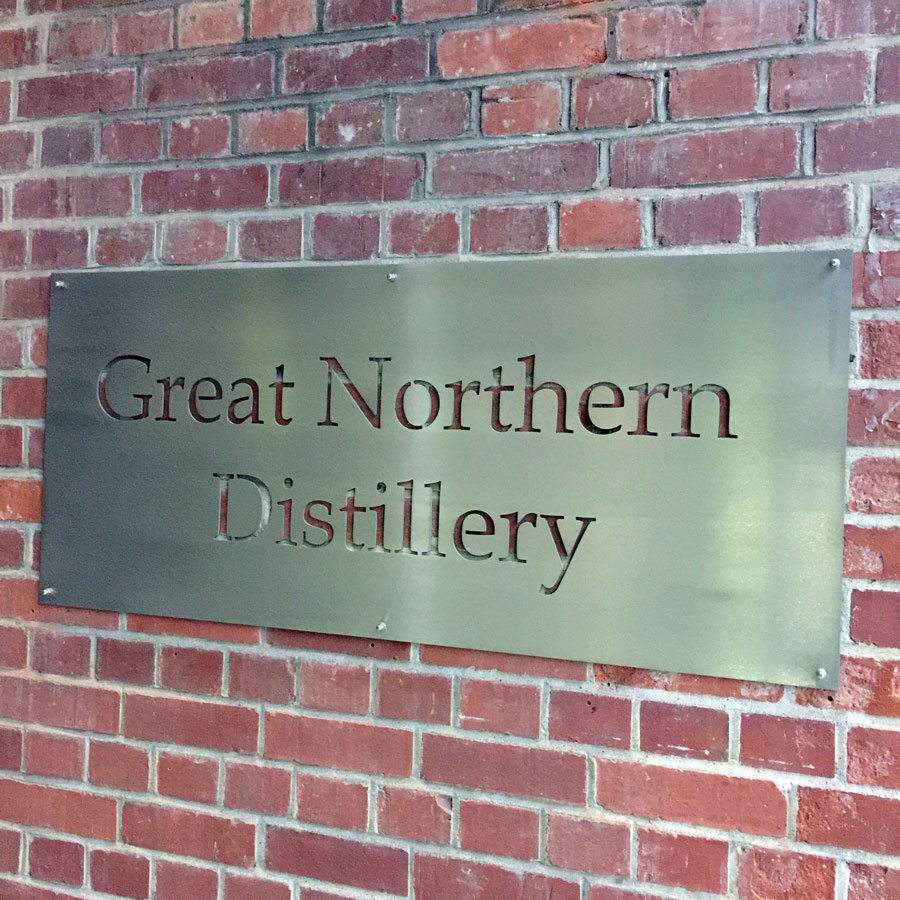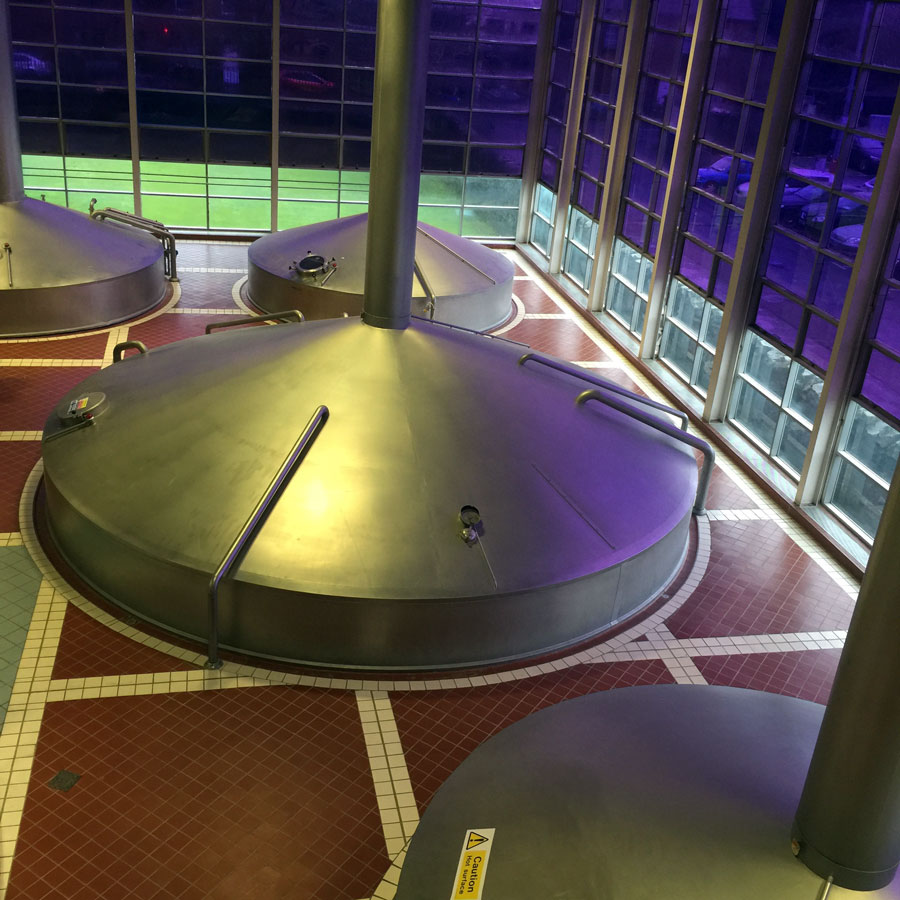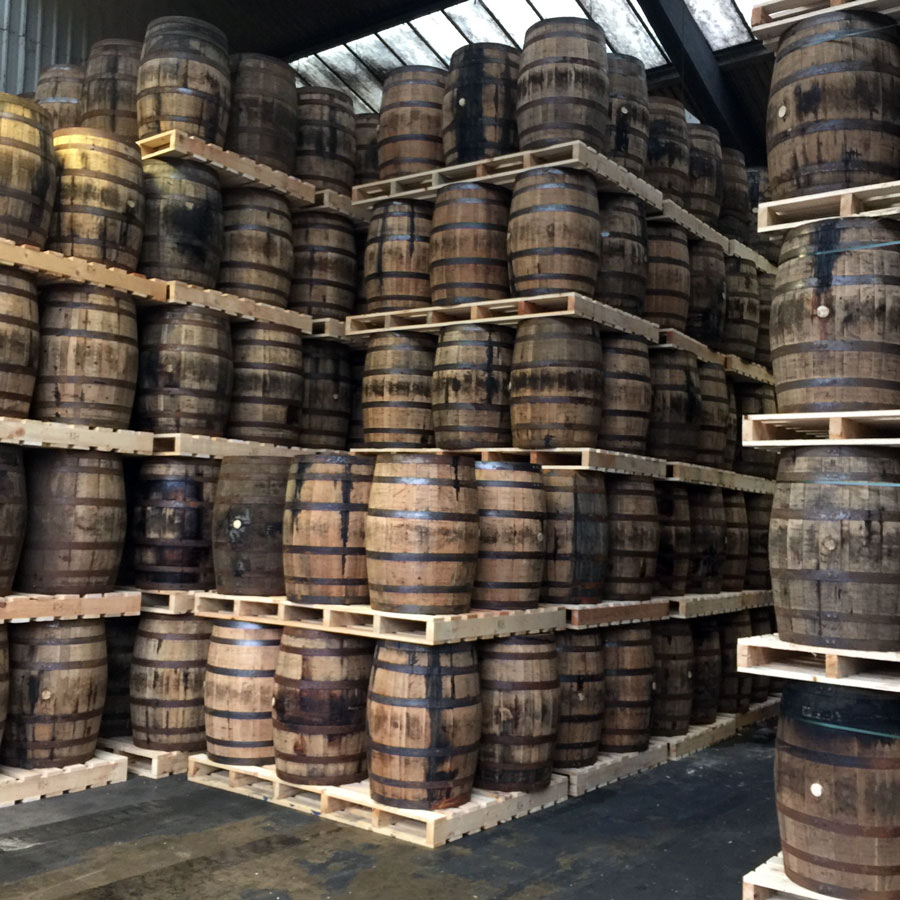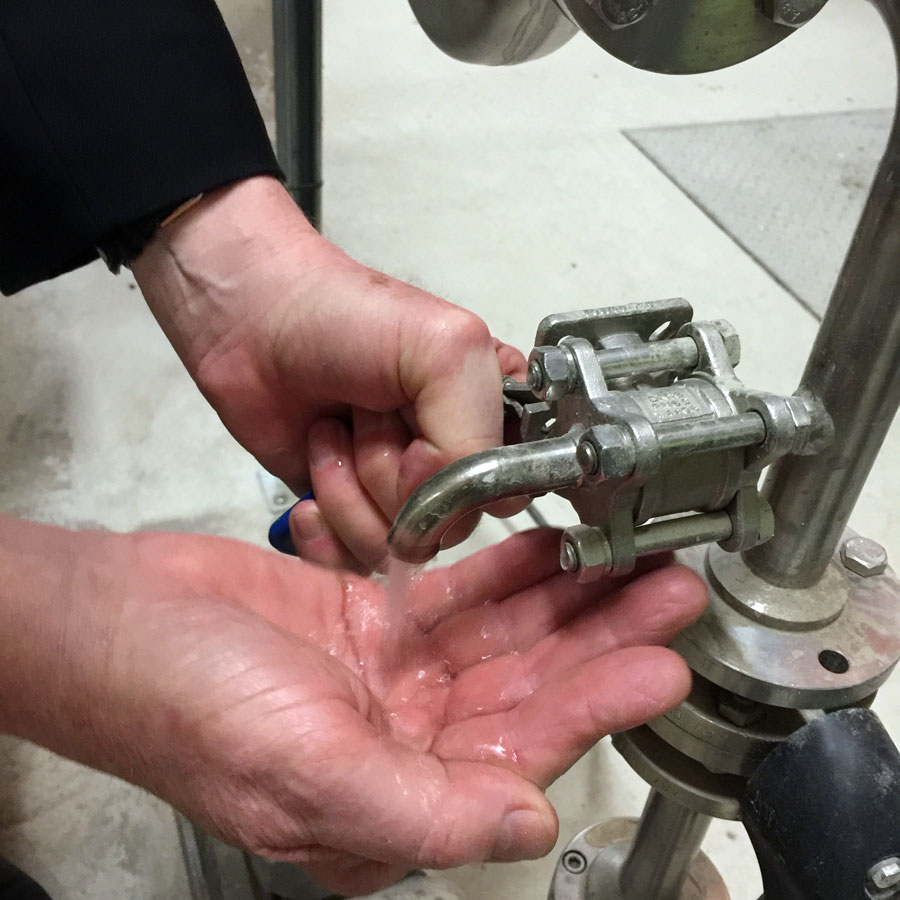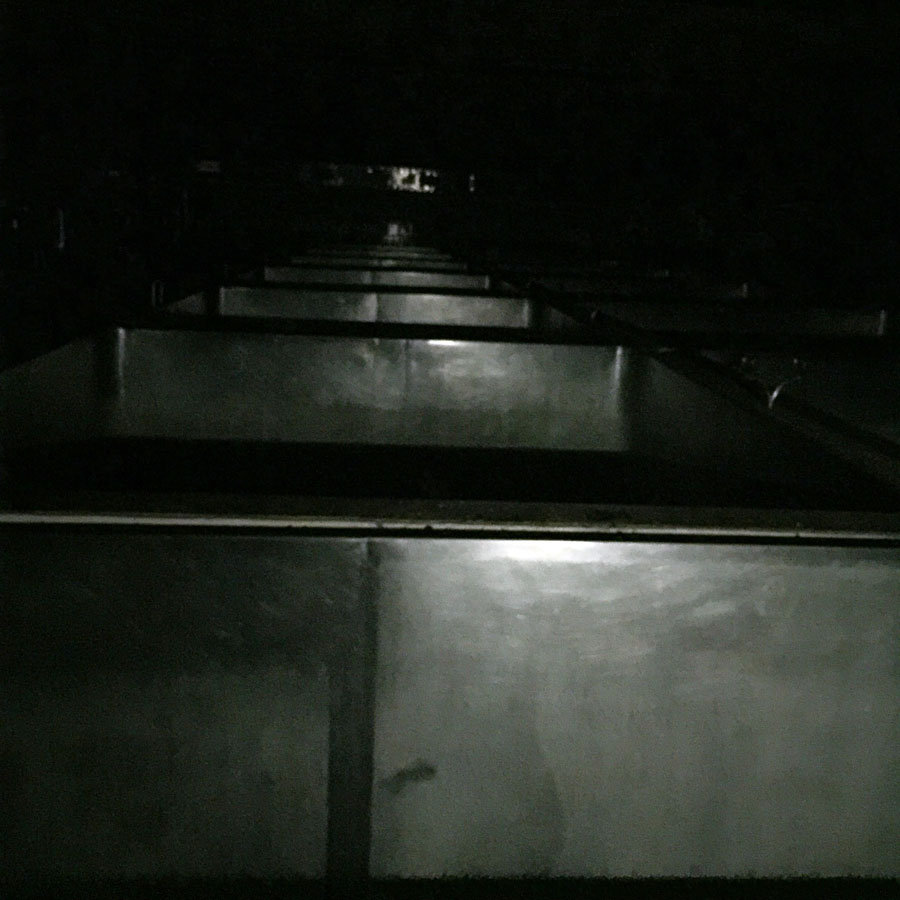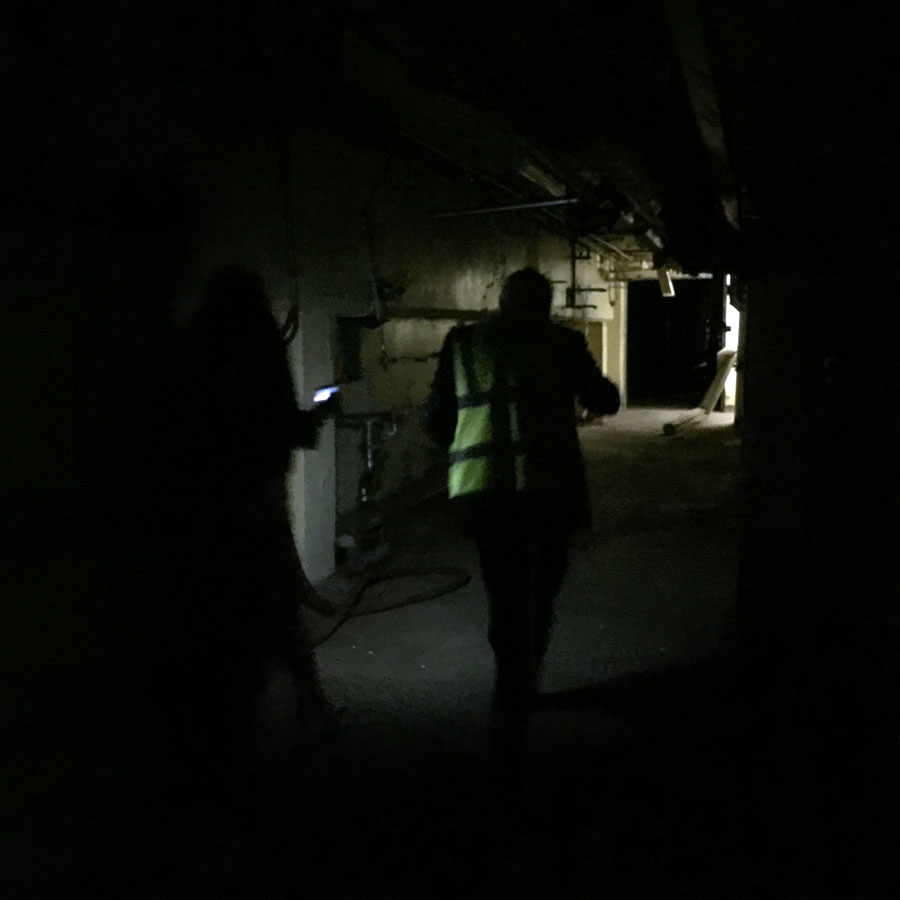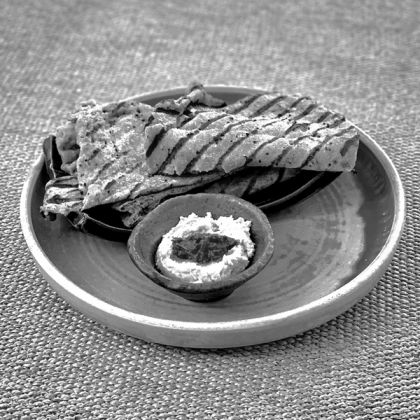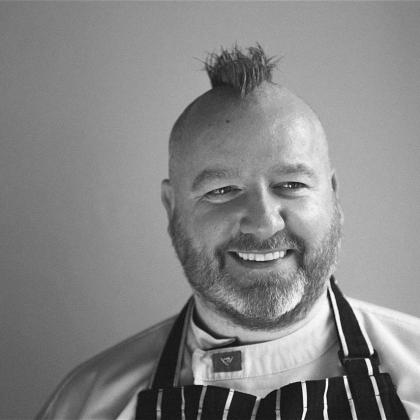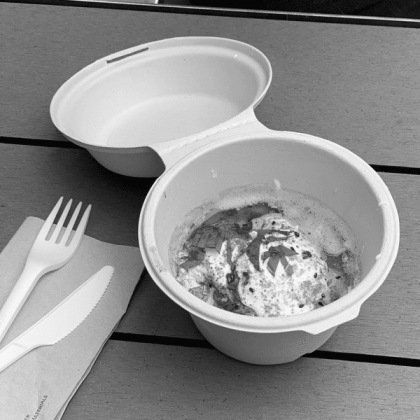Sally McKenna follows the Mexican Ambassador on a diplomatic tour of the Great Northern Distillery
It's dark, but there is a path. We creep through, using our phones as torches. A few metres into this cavernous space, we stop. We raise our lights. In the darkness above we make out numerous gigantic steel vats, suspended side by side. And above them, a second layer, more huge storage vats - each one like a 747, still shiny and stainless, suspended in this hanger-sized space. We turn and make our way back, Mulder and Scully-style, to the light. We've just seen what remains of the vast arcade where Harp lager was once stored in this corner of the colossal plant that once was owned by Diageo and now is home to the Great Northern Distillery. The GND now distills from a 5 million litre pot still and an 8 million litre column still, which you can track up six storeys high.
Column distilling is relatively new to Irish whiskey - Jameson and Powers use pot distilling, not columns. John Teeling, Executive Chairman of GND, uses both methods here (“the taller the column, the purer the alcohol”) and distills grain whiskey and single malt. This is timely, because Irish whiskey is now the fastest growing brown spirit in the world, with growth rates of 12.5% annually. During our visit, we snake up the many flights of iron stairs to the very top of the column, six storeys high, and put our hands under the tap to try the pure distilled liquid. After a few minutes all trace of alcohol is gone from our hands as the pure spirit quickly evaporates.
"Nobody ever tells the Chairman what's going on" says John Teeling when we wonder what's causing the echoing crashes in yet another nearby cathedral-sized steel barn this late Friday evening. Everybody is supposed to be gone, but there are reverberations behind this mammoth shelter. As we walk around we see a huge artic, dwarfed in this environment, one of several, with its crew unloading hundreds of table-sized Bourbon barrels into yet another superstructure on this campus.
I follow my son, who follows the Mexican ambassador, his partner and his entourage, all following John Teeling as he takes us up stories and down, in and out of chambers, trying to summarise what we see: the vast fermenters, the columns, the pot stills. We go back into the dark, looking at more vats and tubs. At one point we enter a stadium height room that is fully fitted, floor to ceiling with unbroken rectangular white tiles. We all imagine the cost. Another room has a light in the distance. "That light has been on since 1984" says John Teeling. "But we've never managed to find it".
John Teeling is a giant in Irish business. He’s the man who rebirthed Irish whiskey, even though this was a second career for him. His first job is as a prospector of diamond mines and oil fields.
The Mexican Ambassador is here on a diplomatic mission and PJ and I are here because PJ is shadowing His Excellency Carlos Garcia de Alba for his Link project at school.
"When Diageo used to run it, that was a restaurant with a full time chef and two waitresses" explains John, pointing to yet another building, as we fire through the campus. John Teeling bought this plant from Diageo in 1990, basically because it was cheaper for them to sell it than dismantle it. From here, the Great Northern Distillery distills whiskey for own label and small brand operations. This is different from the distillery of Teelings Whiskey in Dublin, housed in an area that was once home to no fewer than 37 distilleries, which distills the premium branded Teeling whiskey owned by Jack and Stephen Teeling.
So what are the forces behind the re-emergence of Irish whiskey? According to GND, it’s due to young drinkers in the US, the opening of the Eastern European and Russian market, and emerging middle classes around the world.
Irish whiskey has taken back its ownership of the drink that it named – “uisce beatha” – the water of life. Ireland has the climate, water and grain to make this product the best it can be, and Dundalk is at the centre of its re-emergence.
